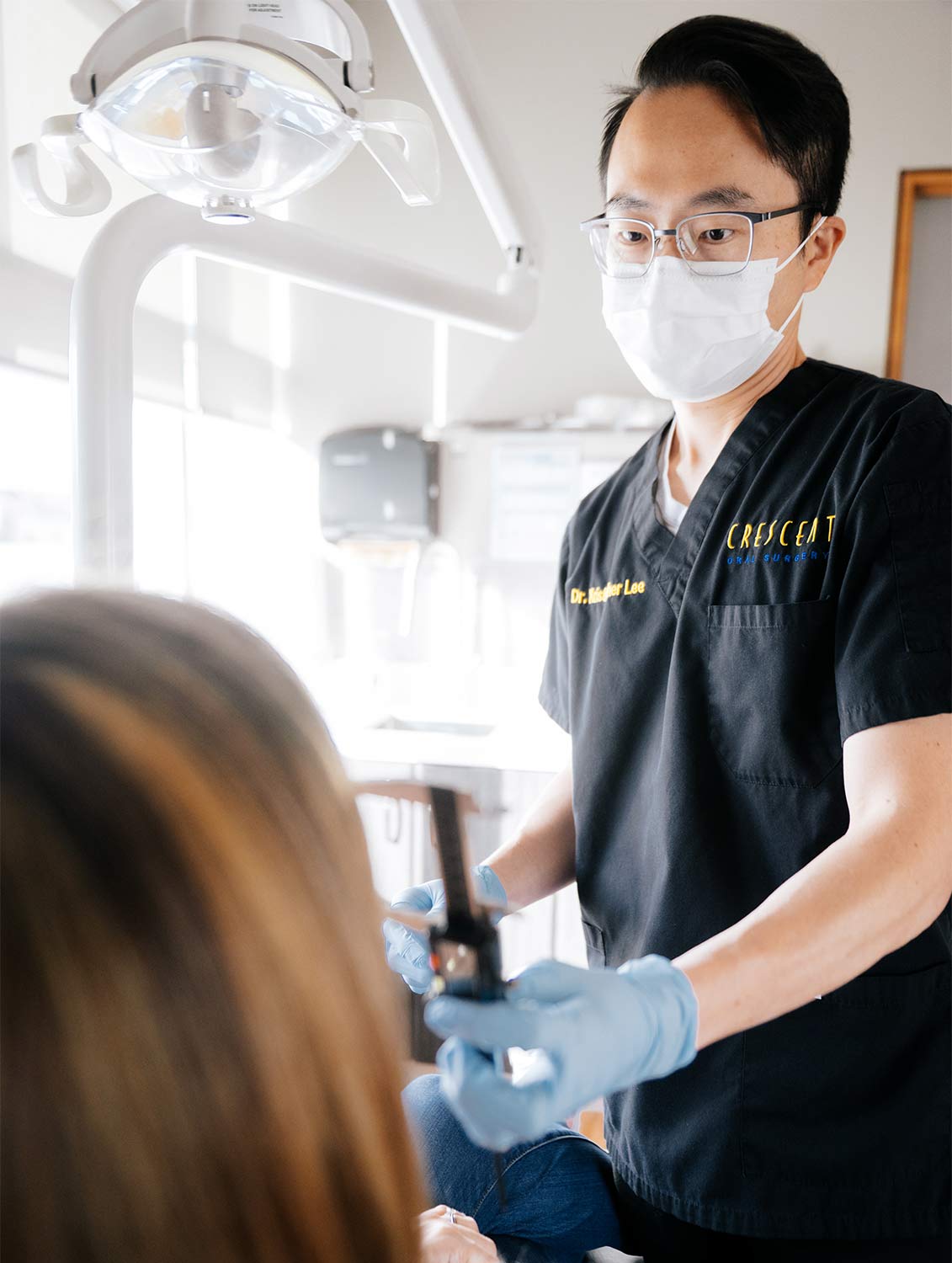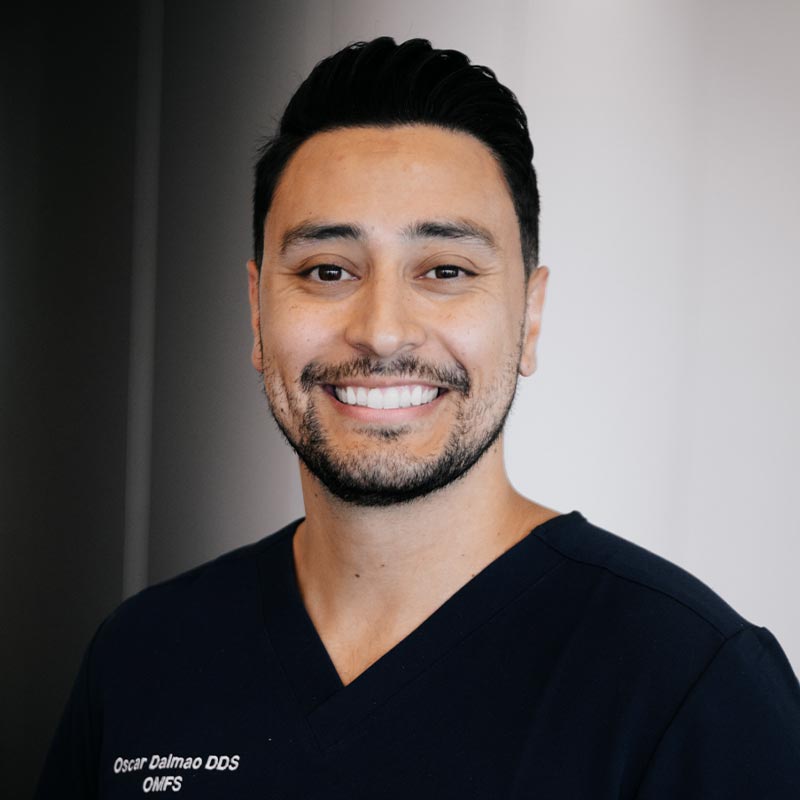Changes from Phase I
In this phase, the majority of swelling and bruising will have peaked and should be starting to subside. This is the time to get your jaws actively working again so that you can resume normal activity. There are a few points to remember and a few changes to note:
Continuation of Phase I Diet;
- Dairy products: continue with milkshakes, ice cream, soya milk drinks, yogurts, soft cheeses
- Protein drinks and protein supplements as well as nutritional supplements (such as Ensure, Boost, Whey, protein powders, tofu)
- Egg products (scrambled, boiled, omelets)
- Pureed vegetables and meats of a similar consistency to baby food. (this would include potatoes, peas, carrots)
- Starches such as mashed potatoes, rice and pasta
- Other proteins such as minced meat and white fish
- Again, there is no limit as to the amount you should eat and in fact you should try to now increase your nutritional intake, since there may have been some weight loss initially and now your body is demanding extra nutrition during this healing phase.
- Once again, it is imperative that you do not actively chew and you should avoid anything at all that is hard, including tough meats, candies, popcorn, pretzels, peanuts and other nuts.
Hygiene
Now that the swelling is slowly starting to subside, you’ll be able to get into the mouth and cheek areas with more ease.
- You should purchase a new toothbrush and, using a small amount of toothpaste, concentrate on brushing the metal braces. You should spend at least 15 to 20 minutes in the evening, prior to going to bed, doing a thorough cleaning of all your teeth and brackets.
- Continue rinsing your mouth with salt water at least twice a day, but be careful not to injure the wounds with the head of the toothbrush. If you do hit the wounds, there may be a little bleeding, but this is normal and should not cause any worry.
Swelling
The swelling will now begin to subside and by the second and third week, the majority of it will be gone.
- Remember, there’s still about 10 to 20% of swelling that can last up to 2 months post-op.
- Ice will no longer help reduce the swelling; you may want to switch to using warm water bottles over the area. However, at this point, the swelling will go down on its own.
Bruising
Bruising may last into the second week, and spread down the neck and chest areas. Although this is unsightly, it is perfectly normal and will go away with time.
Physical Activity
You can resume a regular routine of physical exercise that you may have had prior to surgery. However, avoid engaging in any heavy running or activities that involve excessive head or neck motion. Instead, focus on simple walking, stair-climbing, and mild activities, as they are encouraged and can aid in reducing swelling.
New Findings
- It is not unusual to hear some noises such as clicking or popping at the joint of your jaw near your ears,as you start to increase their function. These joint noises and discomforts will continue up until about 6 weeks post-surgery.
- If you’ve had upper jaw surgery:
- The numbness tends to be reduced in the upper lip and jaw area. This is first felt as an itchy or pins and needles sensation. In the lower lip area, there will still be some numbness and pins and needles that can last until 6 months post-op.
- A nasal discharge of a red-brown fluid may occur. This is normal and is a product of the blood clots being dissolved just behind the upper jaw. If you should experience brisk bright red blood that is not controlled with pressure on the nose, please contact the office.
Physiotherapy
- Facial Reanimation
- You should do lip and cheek exercises during the initial phases and up to a month post-surgery. This strengthens the muscles in and around the mouth and nose areas, reducing swelling and bringing life back to that area of your face.
- These exercises are quite simple and they consist of grimacing, pulling your lips apart, putting a pencil between your lips and trying to squeeze the pencil, smiling and all types of lip, cheeks and chin movements.
- Joint Exercises
- These exercises consist in opening and closing your jaw. For the first 2 weeks, your goal should be to open your teeth approximately 2 finger widths apart.
- You can place some warm packs over both sides of your face and gently massage your jaw joints. Then, slowly and passively, try opening your jaw as much as you can.
- By 3 to 4 weeks post-operation, aim to open your mouth approximately 3 fingers wide.
Next Phase
- Your appointments will now most likely continue at intervals of 2 weeks.
- The antibiotics will have been terminated at this stage. If you need medications to help you sleep through the night, speak to your doctor.
- You may find yourself clenching and grinding your teeth in the middle of the night; this is not unusual, but if it is disturbing your sleep, we can give you something to help.
- Your final phase will be from approximately 4 to 6 weeks after the surgery until you have your braces removed. This phase will be further explained to you at the appropriate time.












